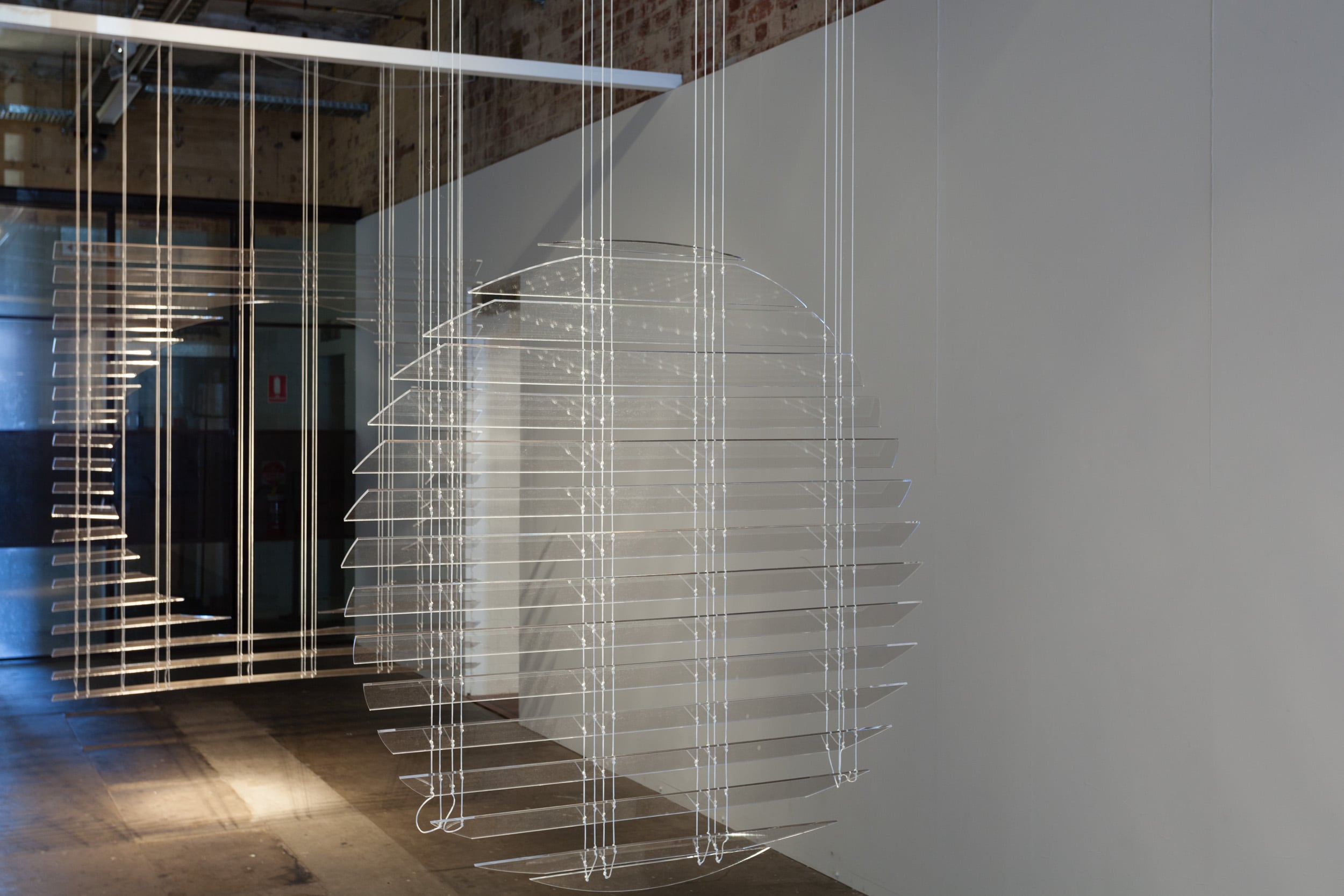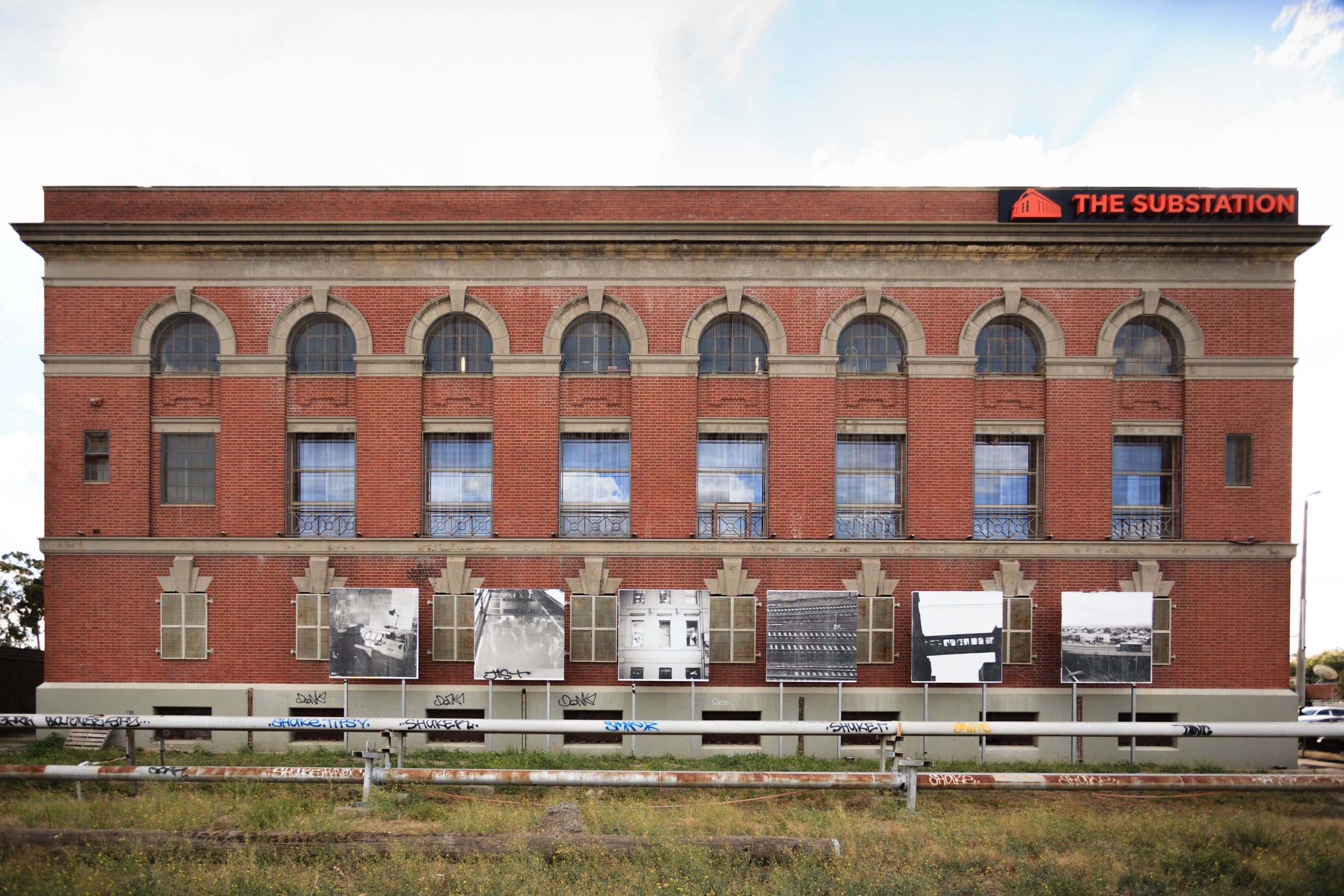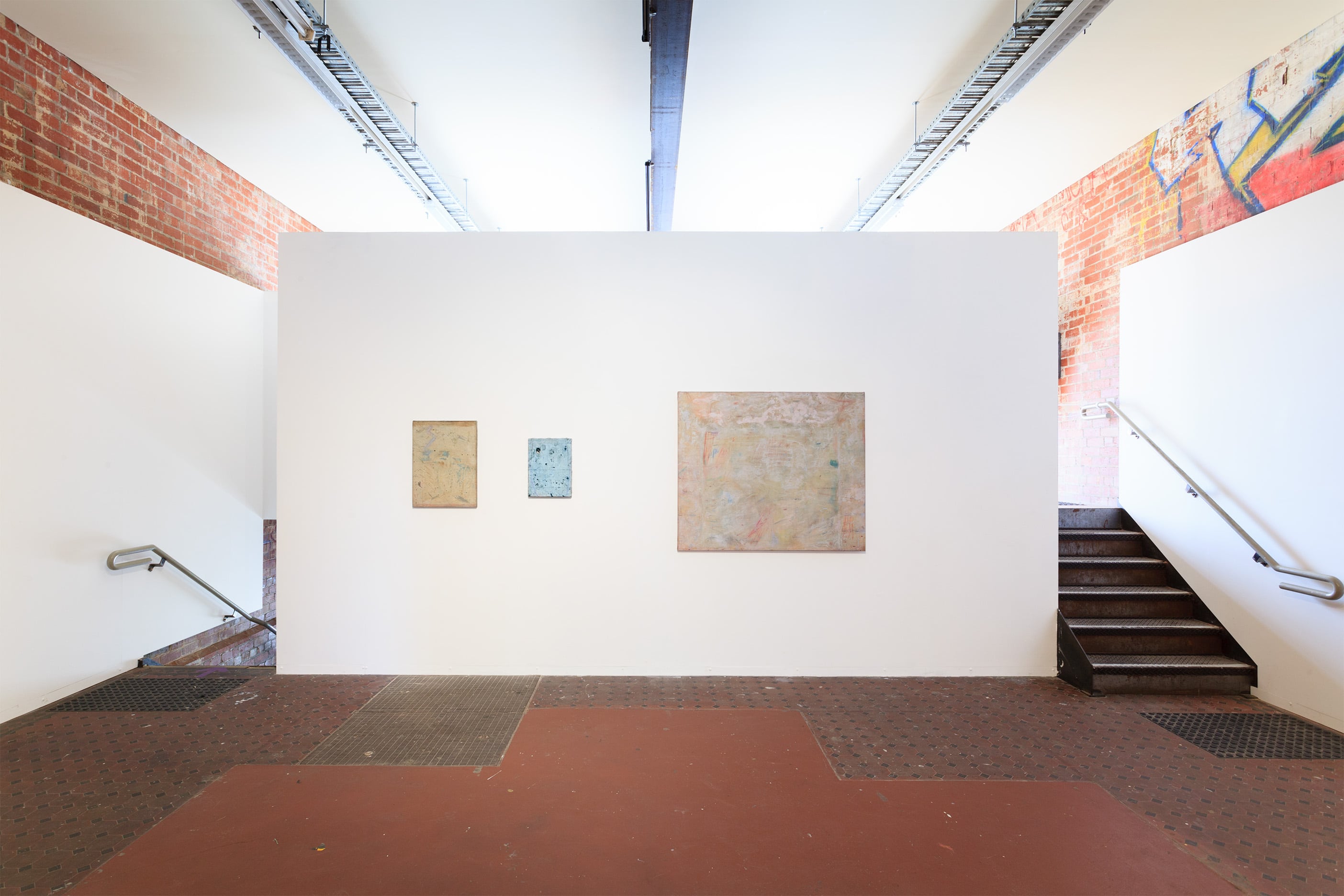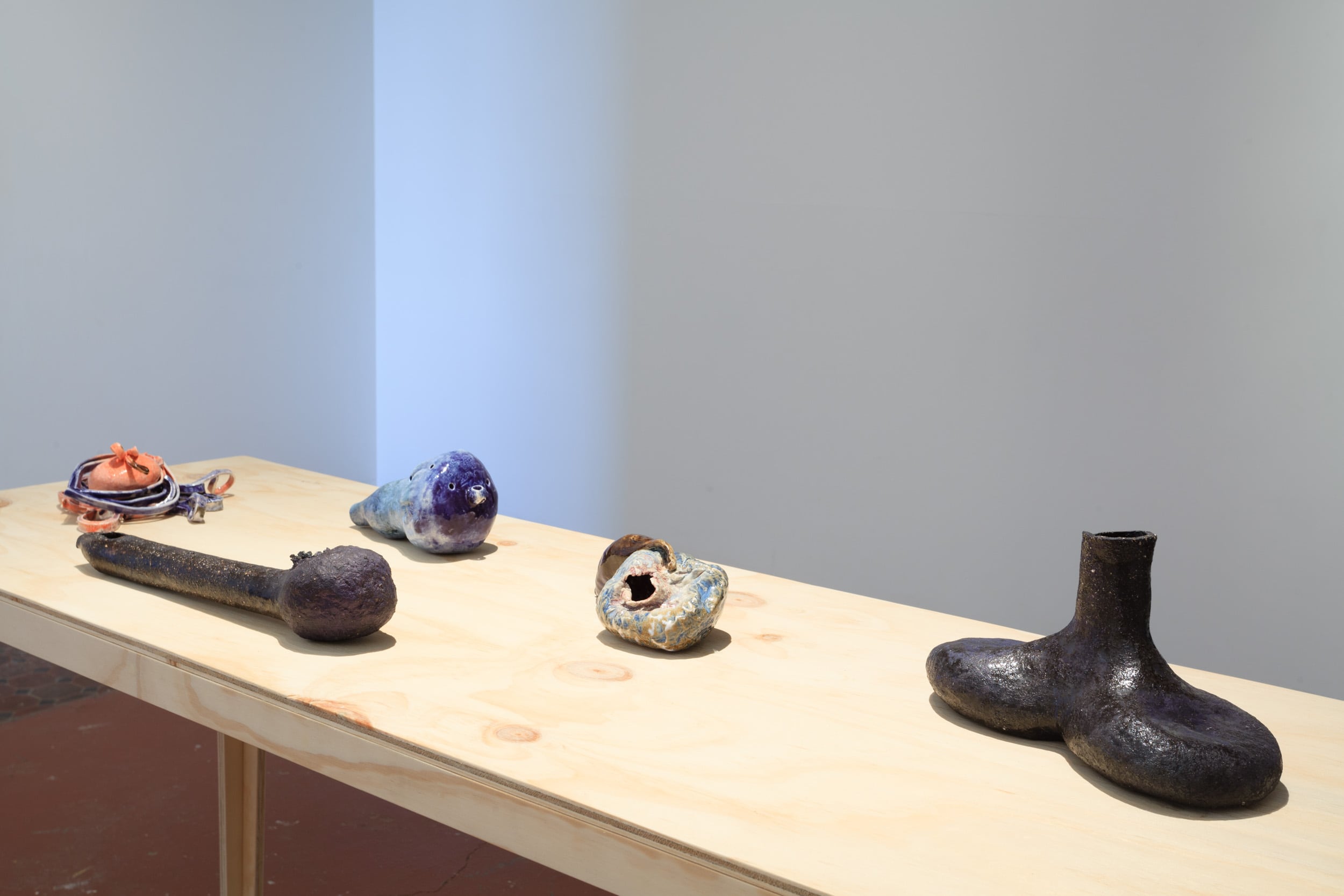



Artists: Olga Bennett, Lily Benson, Fernando do Campo, William Daniels, Naomi Eller, Andrea Jewell, Annika Koops, Alex Pittendrigh, Daniel Sinsel, Ross Taylor, Michelle Ussher, Anna Varendorff, Rudi Williams, Zilverster (Sharon Goodwin & Irene Hanenbergh)
Curators: Storm Gold and Kez Hughes
It would be hard to talk about the CAVES off-site project, curated by Directors Storm Gold and Kez Hughes, without making reference to The SUBSTATION, the building within which the exhibition was housed. Located in the inner-West industrial suburb of Newport, this former electrical substation was one of the oldest and largest of its kind in metropolitan Melbourne. Once the substation ceased operation in 1967, the building fell into disrepair. Taken over by squatters and vandals, most of the original machinery and fittings were removed, stolen or destroyed and the building became derelict. After a fifteen-year, community-led revival in the 1990s it was turned into the Hobsons Bay Community Art Centre, and in 2008 The SUBSTATION was established as a multi-disciplinary, contemporary arts and performance space 1. Despite undergoing a massive restoration and renovation project, the building happily retains much of its character and colourful history. The challenge for CAVES was to translate what has been successful in the small, Harry Potter closet-like space of their gallery, located in the Nicholas Building in the Melbourne CBD, into the vast, warren-like spaces of The SUBSTATION.
Housed in the lower part of the building, the gallery spaces are characterised by a labyrinth of rooms and basements leading off each other. The first work you encounter upon entering the dim corridor of the gallery spaces is a pair ofPerspex venetian blinds hanging from the ceiling. Cloudland (2017), by Anna Varendorff, delicately filters the light in the space through slats of positive and negative circle shapes made by the blinds. A play with space, light and perspective, this work responds perfectly to the scale of the building and the space it exists within. With a Minimalist concern for the relationship between the object, space and human body, the work engages with the physicality of the viewer – enticing us to enter the space and move around to experience the shifting perspective. This work beautifully sets the tone for the rest of the exhibition, opening up the promise of surprise and discovery around every corner and in unexpected nooks and crannies.
Beyond Varendorff’s installation, the most successful works in the exhibition are those that embrace site-specificity, making reference to the building and its history. The nod to traditional museology in the display of Michelle Ussher’s collection of absurd ceramic objects, laid out on a large wooden table, suggests they could be artifacts excavated from the building site, evidence of a previous civilisation. Similarly, Alexander Pittendrigh’s Gloss Topos (2017), suspended like the jewel of an oversized necklace at the end of a corridor; Olga Bennett’s tiny bronze objects from the series Re-Construction (Early Bronze Age pp 190 -191) (2017), nailed to the corridor walls and above doorways; and Andrea Jewell’s Making Space (2015), a piece of cast cement displayed on its own plywood shelf, and Not Knowing (untitled) (2016), a series of small, imperfect objects, could all be relics discovered in the ruins. In Jewell’s Coming Undone (ovoid) (2016), a pole rests in a cavity in the floor, perhaps left by a bolt that held machinery in place; a vestige of the building’s previous life. Naomi Eller’s Large single holed weight with rope attached to external weight with plug (2017) looks so at home in its space that it could be a piece of detritus accidentally left behind.
As painters themselves, Gold and Hughes opened CAVES in 2015 with a view to present a breadth of contemporary painting, and the medium features heavily both in their gallery program and in this off-site project. However, in this particular context, painting is somewhat overshadowed by the more site-responsive works. In saying that, the most engaging paintings are Ross Taylor’s works Box of Teeth (2015), Dirty glass, dirty gloss (2016) and Big ginger son (2016), whose scratched, etched, scraped and torn surfaces play on the textures in the gallery floor, worn and marked by one hundred years of history; and Fernando de Campo’s Yet to live in a place without house sparrows (2016), a series of A4 sized boards containing colourful acrylic and pencil text, which when pieced together spells out the title of the work, and reflects the graffiti writing remaining on the walls around it. Both Taylor and de Campo’s works invite us to reflect on the natural and built environment, and our impact upon the spaces we inhabit.
Outside, Rudi Williams has taken over six billboards that run along one side ofThe SUBSTATION, overlooking the train tracks that connect the city to the Western suburbs. In Vantage Point (2017), a series of six black and white photographs, Williams responds specifically to the Newport substation and its position in the community. Williams shot some of the images in the last six months around the building, and selected others from her archives; the series is unified through an approach that plays with the concept of vantage points. Best viewed from the passing trains, the work connects CAVES OFF-SITE to the history and vitality of The SUBSTATION’s surrounding community via the train line – the lifeline of Newport.
Laura Couttie is an arts administrator by day, independent writer and curator by night. She lives and works in Melbourne.
